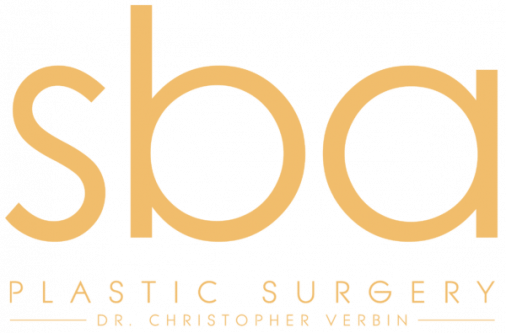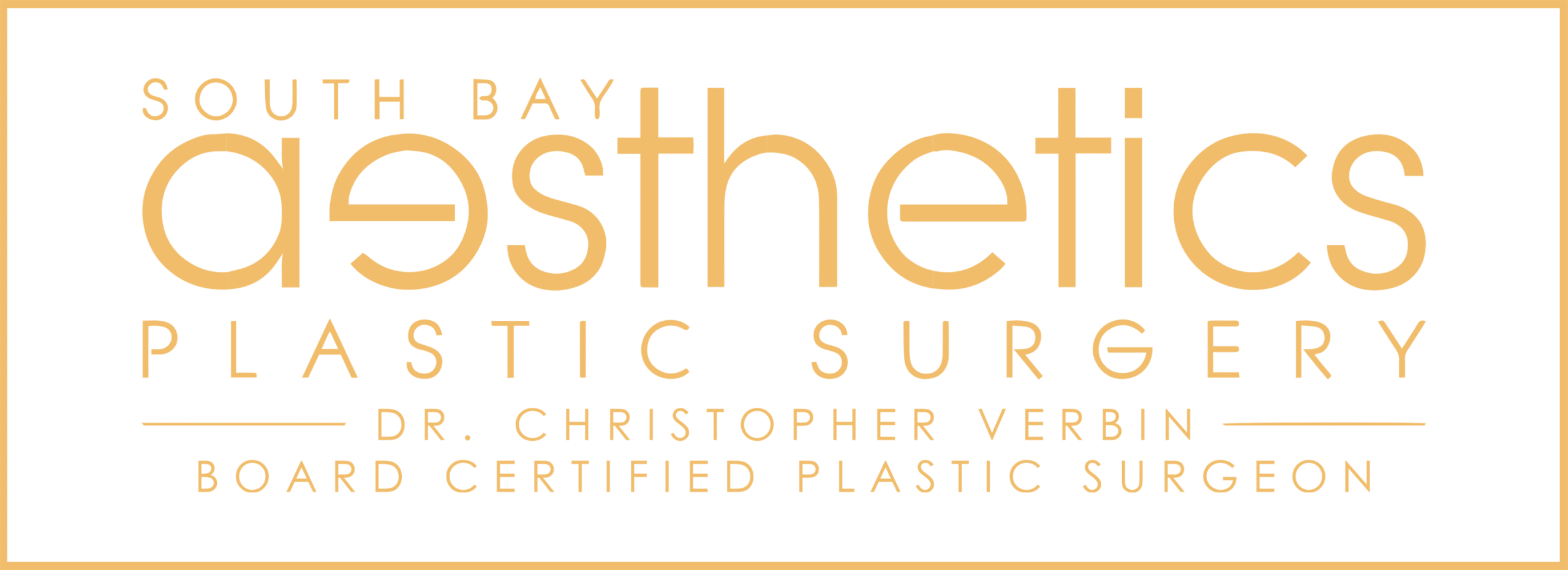June 15, 2010
written by Christopher Verbin
Buttock aesthetic procedures are sought after more and more frequently by our patients. Not only is volume enhancement needed but also significant reshaping. Correcting shape and projection, enhancing the buttock to flank to back contour, and enhancing volume all add to the creation of the ideal gluteal shape. No one is alike in shape, age and weight – but everyone can enhance their buttock with the proper procedure as long as they are good medical candidates. We perform these procedures on people of all ages and across all ethnicities.
Both buttock implantation and fat transfer/grafting are commonly used. Most patients, unless very thin with very little fat, are best served by fat transfer/grafting. This is the best option and the best results for over 90% of my patients. Commonly referred to as the Brazilian butt lift, your own fat is harvested from the appropriate areas and transferred to the butt and used to reshape and volumize it.
Buttock implants have been widely used in the past by many practitioners. However, due to concerns of a long difficult recovery needed and more complications, augmentation with silicone elastomere implants is only appropriate for thin, lean individuals in whom there is insufficient donor fat. Wound and implant complications are diminished in the thin patient group where better healing tends to occur at the surgical scar site between the gluteal cheeks. Buttock augmentation with implants requires a two week strict bed-rest policy during recovery. Buttock fat grafting is a more time consuming surgery but involves an easier, less restrictive recovery with a much quicker return to normalcy.
Advantages of fat transfer for gluteal reshaping include using your own tissue (readily accessible, soft and permanent), the ability to reshape the entire gluteal and surrounding flank and thigh regions, and a quicker, easier, less complicated recovery. Donor sites for fat harvest (with a liposuction technique) are selected from the abdomen, flank, lower back, upper buttock, and if additionally needed, the inner thighs, inner knees and arms. Significant liposculpting of the surrounding region accentuates the buttock curves, actually adding to the final aesthetic result. We are not able to use Laser Assisted Lipolysis (Smartlipo and Slim lipo) or ultrasonic liposuction as these procedures destroy the fat cells and render them nonviable in grafting techniques. A-shaped, V-shaped or squarish buttocks/torsos are corrected with the liposculpture and fat transfer techniques. After shape is corrected, further fat is added to the deeper buttock (at the muscle level to increase volume.) We try to put as much fat in the area as possible for maximum effect and patient satisfaction. Does the fat survive? Yes! Not all – but a good percentage. Some doctors quote numbers as high as 80%, but I feel 50% is more a realistic survival percentage. Overall survival of grafted fat can be variable, affected by the quality of a person’s fat and medical factors such as diabetes and smoking, and techniques in harvesting. Some limitations to gluteal reshaping include incomplete correction of irregularities, cellulite, dimples, and deformities. Although all limitations are addressed and do improve, I cannot promise cellulite and all irregularities to be gone. Tissue characteristics, skin tone, and skin laxity all play a part in an individual’s healing process.
Prior to surgery all patients undergo a medical history exam, appropriate preoperative tests, and clearance from their medical doctor if indicated. All patients are also examined by our anesthesiologist prior to surgery.
Surgery usually involves a light general anesthetic and can take 2.5 to 4 hours depending on the amount of fat to be harvested (5 liters maximum). Postoperative pain and soreness rapidly improves after the first few days and most patients can return to most activities in a week.
In first few weeks the buttock will be bigger due to postoperative swelling and extra fat. This settles after 1-2 months while some lower back and flank swelling takes a bit longer – masking some of the greater accentuation that comes out as the final results as the posterior flank and sacral areas heal.

